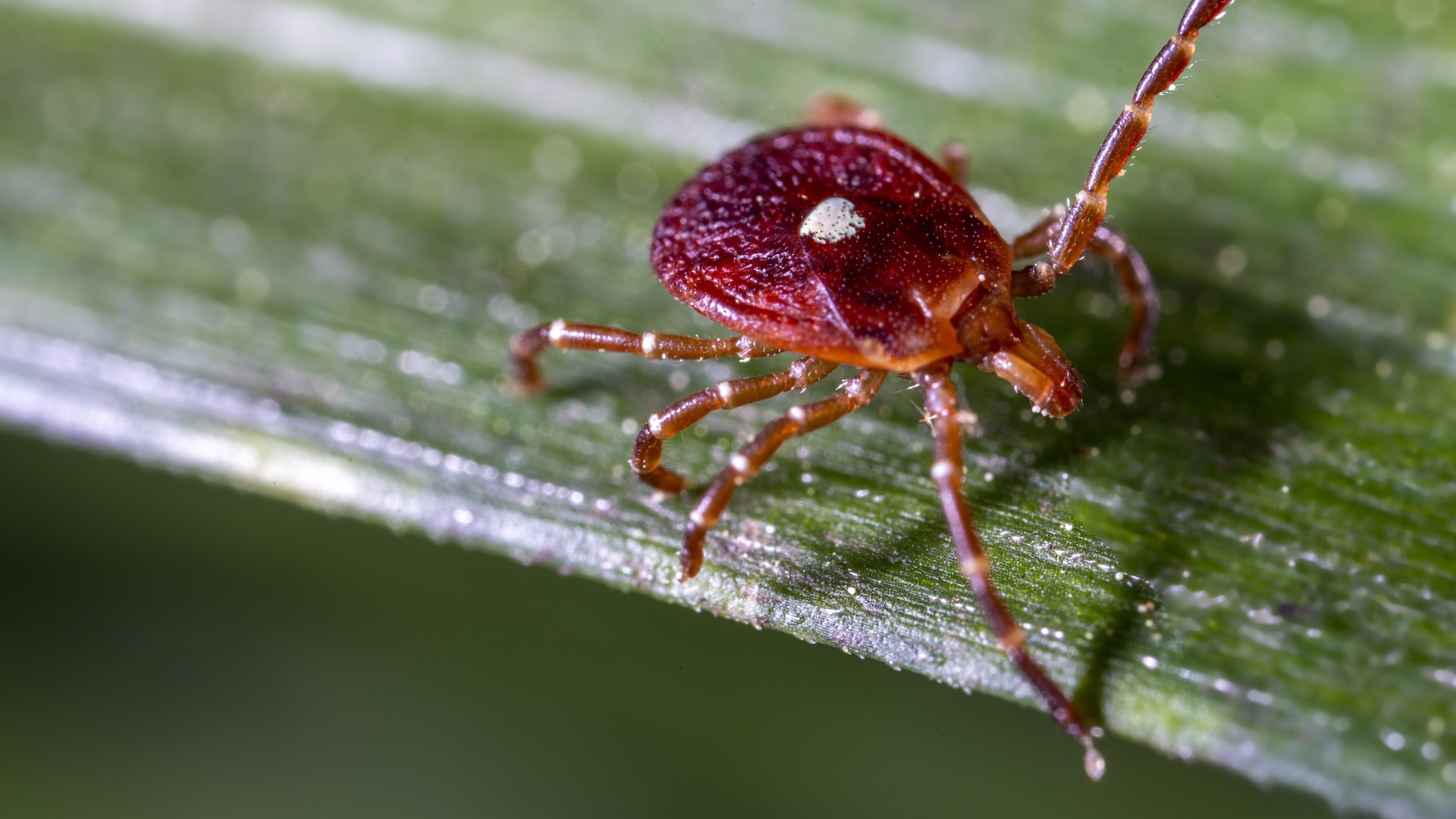Origin of Nerves Traced to Sponges
Sponges are very primitive animals. They don't have nerves cells (nor muscles nor eyes nor a lot of other things we commonly associate with animals). So scientists figured sponges split from the tree of life before nerves evolved.
A new study has surprised researchers, however.
"We are pretty confident it was after the sponges split from trunk of the tree of life and sponges went one way and animals developed from the other, that nerves started to form," said Bernie Degnan of the University of Queensland. "What we found in sponges though were the building blocks for nerves, something we never expected to find."
In humans and other animals, nerves deliver messages to and from the brain and all the parts of a body.
Degnan and colleagues studied a sea sponge called Amphimedon queenslandica. "What we have done is try to find the molecular building blocks of nerves, or what may be called the nerve's ancestor the proto-neuron," Degnan said. They found sets of these genes in sponges.
"But what was really cool," he said, "is we took some of these genes and expressed them in frogs and flies and the sponge gene became functional — the sponge gene directed the formation of nerves in these more complex animals.
The research, announced this month, was published in the journal Current Biology.
Get the world’s most fascinating discoveries delivered straight to your inbox.
- What is the Funny Bone?
- Abe Lincoln Had Shattered Nerves, Study Suggests
- Bionic Humans: Top 10 Technologies

